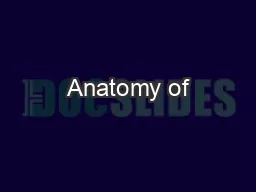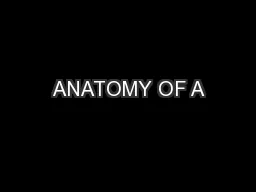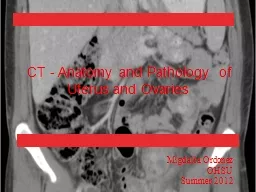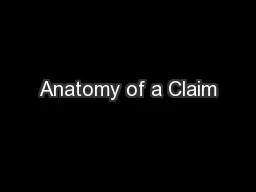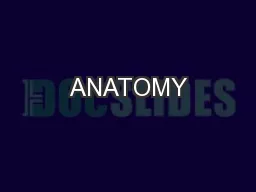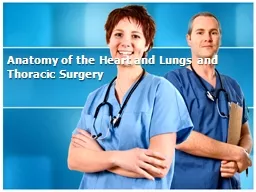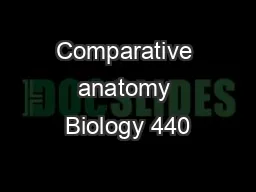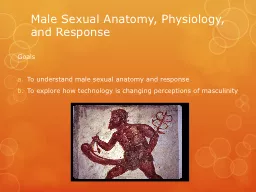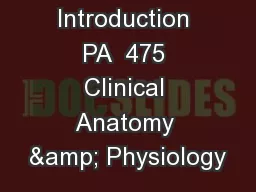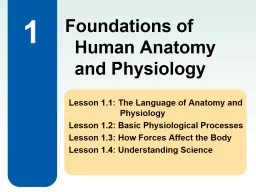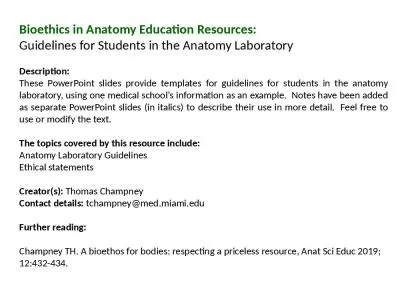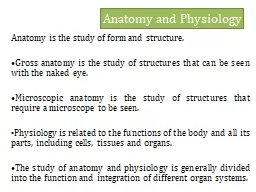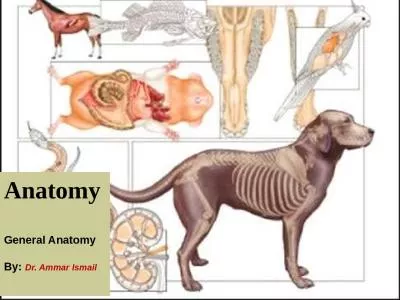PPT-Anatomy of
Author : cheryl-pisano | Published Date : 2017-03-21
b irds head and neck The Heads and Necks of Birds Great Blue Heron Ardea herodias Barred Owl Strix varia Great Blue Heron Adaptation form Elongated neck
Presentation Embed Code
Download Presentation
Download Presentation The PPT/PDF document "Anatomy of" is the property of its rightful owner. Permission is granted to download and print the materials on this website for personal, non-commercial use only, and to display it on your personal computer provided you do not modify the materials and that you retain all copyright notices contained in the materials. By downloading content from our website, you accept the terms of this agreement.
Anatomy of: Transcript
Download Rules Of Document
"Anatomy of"The content belongs to its owner. You may download and print it for personal use, without modification, and keep all copyright notices. By downloading, you agree to these terms.
Related Documents

